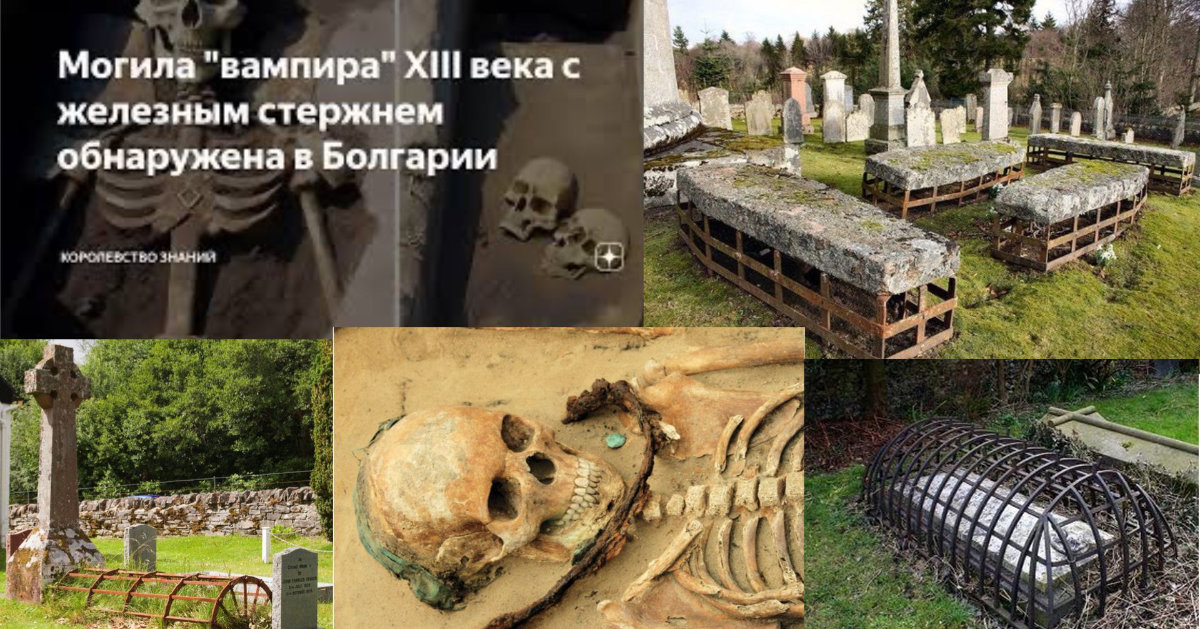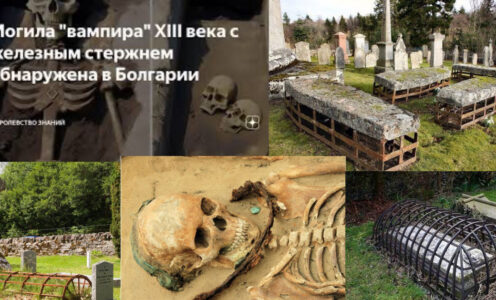 Do you believe in vampires?
Do you believe in vampires?
Until the 19th century, vampires were described as monsters from beyond the grave. They were usually suicides, criminals or evil sorcerers. In some cases, the “spawn of sin” who became a vampire could “infect” innocent victims. Sometimes a victim of a cruel, untimely or violent death could become a vampire.
Stories about the dead shedding blood are found in almost all cultures of the world, including the most ancient ones. Vampire-like spirits called Lilu are mentioned in early Babylonian demonology, and blood-sucking aksharas in even earlier Sumerian mythology.
The real panic about vampires happened in the 18th century in Eastern Europe.
In 1725, Voivode Gradansky was forced to send a detachment of soldiers to liberate the Slovak village of Kislovo from vampires.
In 1732, a military surgeon and two senior officers filed a report regarding Arnold Paola, who had recently been buried in the vicinity of Belgrade. Shortly before his death, Paole told his fiancée that he had been bitten by a vampire while serving in Greece and feared that his blood was contaminated with the vampire’s saliva. Some time later, Arnold Paole died tragically. Almost immediately after his funeral, several residents in the area became victims of the vampire. Paole’s grave was opened and a corpse was found without any signs of decomposition. People marveled at the blooming appearance of the dead man. Two thin streams of blood flowed down the corners of the corpse’s mouth – traces of the Sabbath of the previous night. When a hawthorn stake was driven into his heart, the deceased let out a bloodcurdling scream.
One of the most high-profile cases in recent years is the so-called. vampires from Drawsko in Western Pomerania. In Drawsko, in 2008–2012, a group of Polish archaeologists discovered 285 graves from the 17th–18th centuries. Six of them, located on the edge of the cemetery, aroused particular interest because the dead were buried with sickles around their necks and stones under their chins. It looked like a typical vampire burial.
Nowadays there is even a specialized association – the Italian League of Vampires (la Lega italiana real vampires), uniting two thousand bloodsuckers from all regions of the country, with its capital in the town of Meldola in the province of Romagna.
Volunteers provide them with blood, since any illegal distribution of it in the country is prohibited.
According to the head of the Vampire League, the normal body temperature of such people ranges from 34-34.5 degrees.
Do you believe in vampires? 😏


